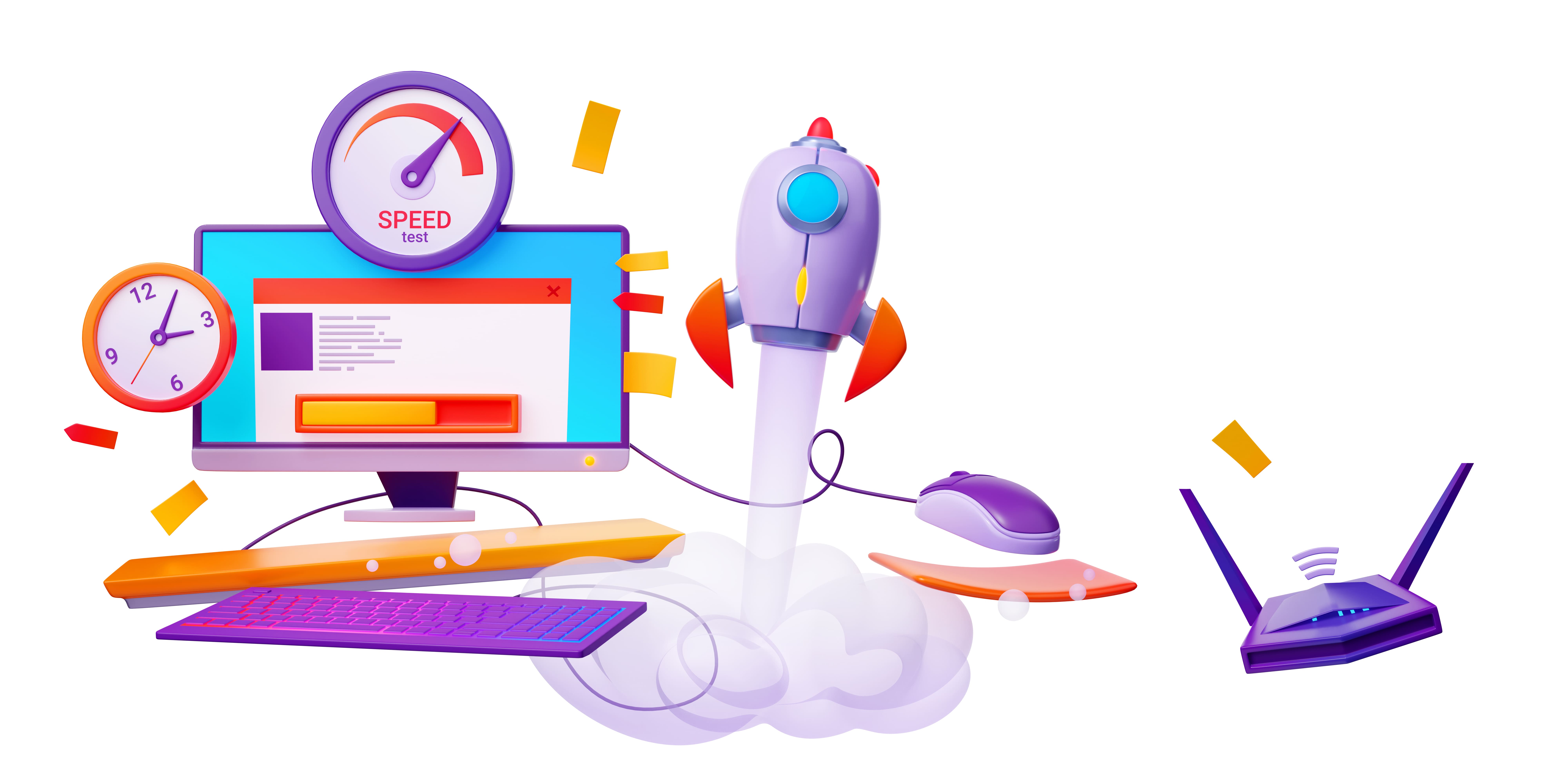
In the digital age, the speed at which an online store loads can make or break its success. Optimizing the speed of Shopify stores is paramount to providing customers a seamless and satisfying shopping experience. One of the key metrics used to assess the performance of a Shopify store is the Speed Score, which evaluates various factors contributing to loading times and overall efficiency. Understanding what constitutes a good speed score, how to improve it, and how to monitor it is essential for you to maximize your store's performance and drive conversions. This guide will delve into these aspects, providing insights and strategies to help you optimize your Shopify speed scores effectively.

The Shopify Speed Score is a metric used to evaluate the loading speed and performance of Shopify online stores. It measures a website's speed, including page load times, server response times, and overall responsiveness. A higher Speed Score indicates a faster and more efficient website, which can offer better user experiences, improved search engine rankings, and higher conversion rates. Shopify provides you with insights and recommendations to optimize your Speed Score, helping you enhance your store's performance and ultimately drive more sales and customer satisfaction.
The Shopify Speed Score is derived from a weighted average of the Lighthouse performance scores for specific pages on your Shopify store. These scores typically include:
Each of these scores contributes to the overall Speed Score, with different weights assigned based on their importance to the overall performance of the store. It's important to note that the Speed Score is not solely a measurement of loading speed but also encompasses other performance factors evaluated by Lighthouse, such as First Contentful Paint, Time to Interactive, and Cumulative Layout Shift.
By using Shopify's Online Store Speed Report, you can gain insights into how your store's performance compares to competitors. This nuanced understanding allows you to identify areas for improvement and optimize your store's speed, ultimately enhancing user experience, conversion rates, and search engine rankings.
A good Shopify Speed Score often starts from 70, although higher scores are always desirable. However, it's essential to understand that what constitutes a "good" score can vary based on industry benchmarks and user expectations. Generally, a higher Speed Score indicates that the website has faster loading times and offers users better overall performance, which can positively impact user experience, search engine rankings, and conversions.
Speed directly influences user satisfaction and engagement in an online store. According to a study, faster loading times lead to lower bounce rates, higher engagement, and increased conversion rates. Since the customers are more likely to leave a website if it takes long time to load, leading to lost sales opportunities. Therefore, optimizing for speed is crucial for improving conversions and maximizing revenue.

Several factors can impact your Shopify Speed Score, potentially slowing down your store's performance:
By addressing these factors and optimizing your Shopify store accordingly, you can improve its speed score and deliver a faster. Additionally, selecting a fast Shopify theme that is designed with performance in mind can significantly enhance your store's loading times and overall efficiency, ensuring a smoother and more satisfying user experience.
The Shopify Speed Score isn't a direct indicator of loading speed but rather a comprehensive evaluation of various performance factors, including adherence to best practices. Here's why it's important to interpret it correctly:
By understanding these nuances, you can interpret and optimize your Shopify Speed Score effectively, ensuring a balance between performance and functionality without compromising user experience.
A good speed score for a Shopify store typically falls within the range of 70 to 90. However, it's essential to understand that what constitutes a "good" score can vary based on industry benchmarks and user expectations. Generally, a higher speed score indicates faster loading times and better overall performance, which can positively impact user experience, search engine rankings, and conversions.
To improve your Shopify speed score, you can take several optimization steps, such as:
Shopify's speed score, which is based on Google Lighthouse performance scores, may not update in real-time. It typically takes a few days for Lighthouse to recalculate an accurate score after any optimizations or changes made to your store. Therefore, you may need to wait a while to see the effects of your optimization efforts reflected in the speed score.
In conclusion, the Shopify Speed Score is considered a critical benchmark for assessing the performance of online stores on the platform. While achieving a high speed score is desirable, it's equally important to understand that speed optimization is an ongoing process rather than a one-time task.
By implementing best practices such as image optimization, app management, code refinement, and theme customization, you can improve your speed scores and enhance the overall user experience. Regular monitoring and optimization efforts will ensure that Shopify stores continue to perform optimally, driving conversions and fostering customer satisfaction in an increasingly competitive eCommerce landscape.


A well-designed mobile cart page does more than list products. It reduces mental effort, removes uncertainty, and creates a clear path toward checkout. To achieve this, layout decisions must be intentional, mobile-first, and grounded in real user behavior. With that foundation in mind, let’s explore the most effective cart page layouts for mobile shoppers and why they consistently perform well.
This article explores why tax and fee transparency matters, common visibility issues, and practical strategies to present costs clearly without overwhelming shoppers.
To make the right choice, it’s essential to focus on what truly affects customer experience and business growth. Below are the factors that matter most when selecting a WooCommerce theme.